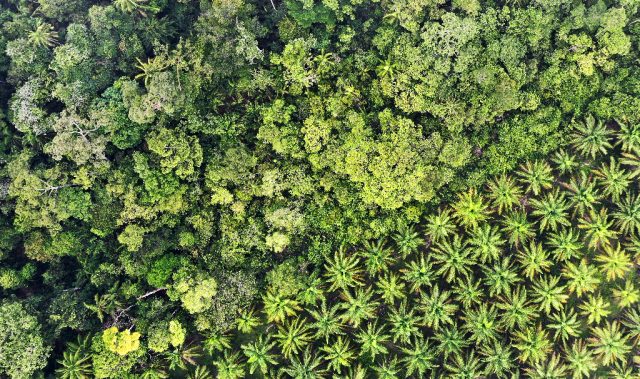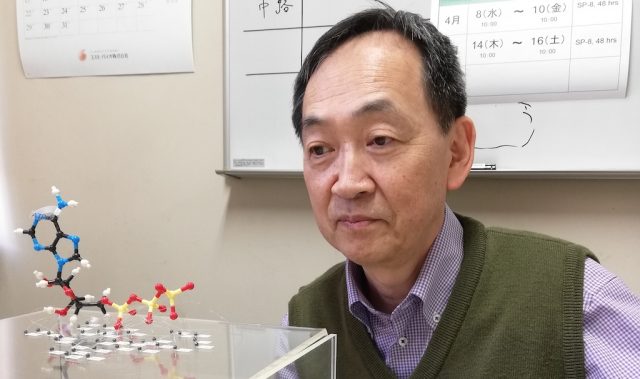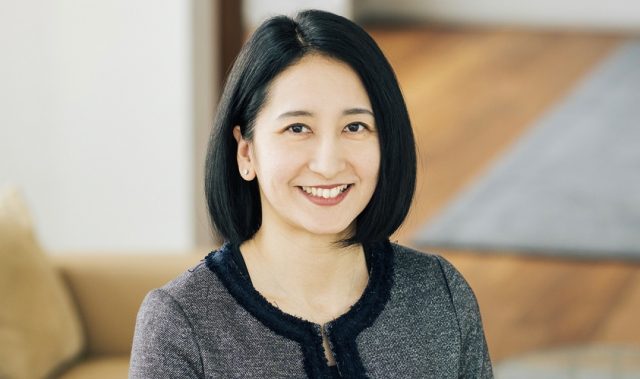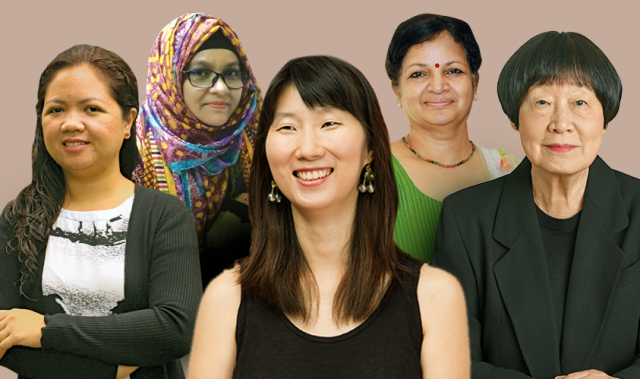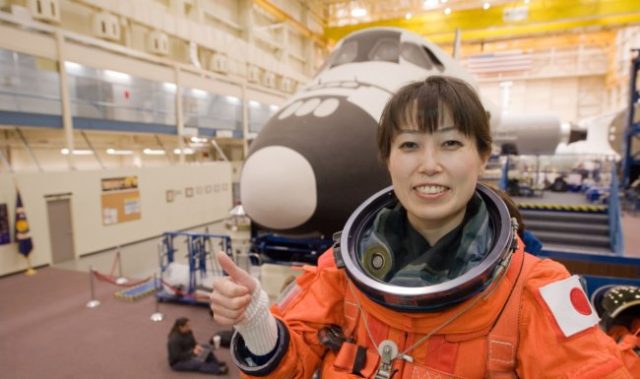
Miyoko Watanabe
Deputy Executive Director
Japan Science and Technology Agency
Japan
AsianScientist (Jun. 2, 2020) – On many fronts, Japan is a veritable scientific powerhouse. Since the turn of the 21st century, Japanese researchers have regularly dominated science Nobel Prizes. Just last year, for instance, Akira Yoshino won the Nobel Prize in Chemistry for the development of the lithium-ion battery.
Moreover, the island country is among the highest spenders worldwide on R&D. But for Dr. Miyoko Watanabe, deputy executive director of the Japan Science and Technology Agency (JST), there’s one front where Japanese science could improve on: gender diversity. According to the Japanese Cabinet Office’s 2017 White Paper on Gender Equality, only 15.7 percent of local STEM researchers are women.
In light of this, increasing the visibility of women in science and creating more opportunities for female researchers have become two causes strongly championed by Watanabe. This comes as no surprise—after all, in 1979, she made history as Toshiba R&D Center’s first-ever female researcher. Rising through the ranks of scientific leadership in Japan, Watanabe is continuing to challenge the status quo as in her concurrent position as director of JST’s Office for Diversity and Inclusion.
In this interview with Asian Scientist Magazine, Watanabe takes a look back at her trailblazing career beginnings and reflects on how these experiences have shaped her outlook on science and life.
- In 1979, you broke new ground as the first female researcher to be hired by Toshiba. Can you tell us more about your early experiences with Toshiba?
- As deputy executive director of the JST, what are your organization’s research priorities for the decade ahead? Why?
- What is the importance of cultivating gender diversity in research?
- Science in Japan continues to be dominated by male researchers. What is JST doing to encourage more young women to go into STEM careers?
- How can scientific research be improved by effective science communication?
- What initiatives does JST have in place to support science communication outreach and training?
- What achievement in your career are you most proud of? Why?
- What is the biggest lesson you have learned so far in your career?
I was the first female researcher at Toshiba. My initial research involved the electrical characterization of compound semiconductors. Nothing was expected of me, except to be present. This gave me the freedom to do basic research in semiconductor physics. I wrote a lot of papers, published in top journals and was recognized as a good researcher.
On the other hand, male researchers at the company did not have much freedom, since they were expected to do applied research. But they had access to factories, which we didn’t have, and were given more opportunities to learn about business.
JST’s priorities are to promote research and development (R&D) and create knowledge with social value. As diversity plays a crucial role in realizing a sustainable future, I would like to promote research done by diverse individuals.
Another aspect to consider is the objective of science. The value of science cannot be measured only by its contribution to economic prosperity. Science is a global public good that contributes to sustainable development and well-being.
It is important to raise awareness on the value of gender diversity in research. Many researchers do not know this enough. For example, the economic value of patents by mixed-gender teams is 54 percent higher than those from male-only teams. The top 10 percent of interdisciplinary research papers also comes from mixed-gender teams. Kyushu University showed that female researchers had more published and cited papers than male researchers. By publicizing these results, more people will understand the merits of gender diversity.

We sometimes ask decision makers why they do not promote female researchers. Most of their answers are the same—they cannot find excellent female candidates. But this is simply because they don’t know many female researchers in the first place. This is why JST set up the Brilliant Female Researchers Award (Jun Ashida Award) last year. Collaborating with fashion designer Jun Ashida was a key point as this showed that science can be connected to fashion. Both fields seek novelty, after all.
We also organize an annual symposium for junior high school girls and their parents and teachers. Many of them don’t know that it’s possible to become researchers and engineers. They think that science degrees are only for those who’d like to become doctors, pharmacists or teachers. This is why we show them female researchers, founders and businesspeople, so they know there are many career options if they pursue science.
Many Japanese people are not aware of the wonderful female researchers we have. If we have effective science communication, female scientists will be more popular.
The process of science has also changed. Previously, we performed R&D in closed systems, but now the public can also contribute to science and technology. Scientists therefore need to communicate more with citizens using new methods of science communication. Many people get information online, so citizen science has become popular. Big data can be collected through citizen science—and as we’ve seen, this is important especially in emergency situations like COVID-19.
One initiative is the annual Science Agora, an open science fora where stakeholders get together and communicate science. Another initiative is the Science Window publication, an educational science magazine for teachers and students meant to foster scientific literacy. Approximately 39,000 public and private schools in Japan have complimentary subscriptions to this magazine. It is an important component of our efforts to support science communication and STEM education.

Together with the Science Council of Japan, we introduced the concept of “Gender Equality 2.0 (GE 2.0)” at the Gender Summit 10 in May 2017. GE2.0 advocates that gender equality is not an isolated problem. It is related to other factors, including geography, ethics, culture, age and so on. This means that gender equality is not a problem exclusive to women and girls, but a problem for everyone. Therefore, we want to promote gender equality together with other people in society.
Many countries have adopted quota systems and affirmative action to promote gender equality. However, these are not popular in Japan. We respect the autonomy of people even in promoting gender equality; this is the Japanese way.
Minorities play an important role in both materials science research and society. In semiconductors, my research showed that dopants are crucial for the electrical devices that are now ubiquitous in modern society. Similarly, minority people can contribute greatly to society, so I am proud to be a minority in the field. In fact, I have been always free and open to new challenges precisely because I have never been part of the majority.
This article is from a monthly series called Asia’s Scientific Trailblazers. Click here to read other articles in the series.
———
Copyright: Asian Scientist Magazine; Photo: Miyoko Watanabe.
Disclaimer: This article does not necessarily reflect the views of AsianScientist or its staff.






